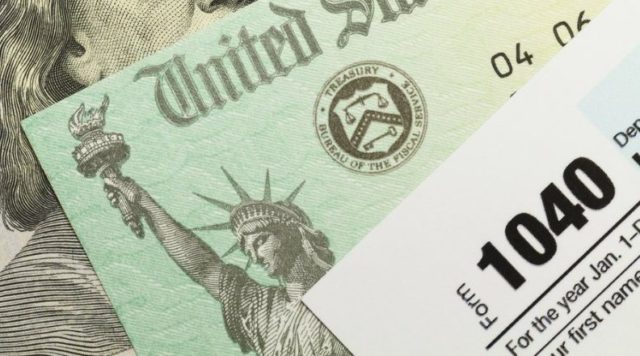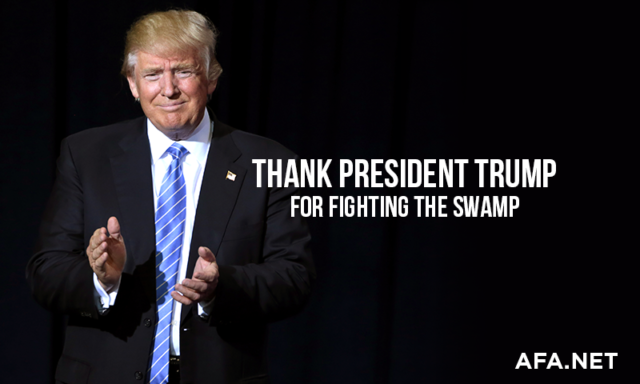The National Debt Just Hit $20 Trillion. Here’s How Congress Can Restore Fiscal Sanity.
Our national debt just topped $20 trillion. That’s 13 zeros, or $20,000,000,000,000.
This also means that the federal government now owes almost $1.5 trillion more than the entire U.S. economy produced in 2016. To put this number into context, here are some other things that add up to $20 trillion:
So how exactly did we get here?
Simply put, massive government spending is the single largest driver of high national debt.
Of the entire federal budget, just four entitlement programs—Medicare, Medicaid, Obamacare, and Social Security—account for most of that spending. In fiscal year 2016, these entitlements consumed 52 percent of all tax dollars.
Without reforms, these programs and interest on the debt will be driving 83 percent of all spending growth projected over the next decade.
Entitlements continue to grow at this rate because they are on autopilot. The programs were enacted in law years ago so that agencies are authorized to spend whatever is needed to keep them running.
Congress has the final say about funding for these programs, but lawmakers choose not to reform them because it is politically difficult to cut popular programs—even if they are unsustainable.
Safeguards could prevent these programs from growing to unsustainable levels in the absence of political will.
Normally, Congress limits how much debt the government can take on by enforcing a debt limit. When the government reaches this limit, the Treasury Department no longer can borrow money to finance government operations.
Reaching the debt limit should be a wake-up call to lawmakers that their level of spending is unsustainable and that they need to enact budget reforms.
But that’s not the effect that reaching the debt limit has had in recent years.
Indeed, spending and debt have grown and the government has repeatedly hit the debt limit, only to be raised without making any reforms. Lawmakers have failed to adopt any long-term solutions.
The debt limit has been suspended since November 2015. Congress just suspended it again through Dec. 8 as part of the Trump-Pelosi-Schumer deal that provided relief for victims of Hurricane Harvey.
Suspending the debt limit lets the Treasury borrow unlimited funds to pay for governmental operations. Basically, this is a blank check for government borrowing. Once the suspension ends, the debt limit is raised based on how much debt was issued during the suspension.
For example, in February 2014, Congress raised the debt limit to $17.2 trillion and then suspended the debt limit until March 2015. When the suspension ended and Congress reset the debt limit, it set it nearly $1 trillion higher at $18.1 trillion.
The United States cannot afford to keep ignoring the debt limit and taking on more debt without serious reform. If the U.S. remains on the current fiscal course, publicly held debt will reach 90 percent of gross domestic product in 10 years.
As the debt grows, so will debt-servicing costs.
The Congressional Budget Office estimates that in 2027, net interest payments on the national debt will consume $768 billion tax dollars. When the government is forced to spend more money servicing the debt, there is less money available for other national priorities, like national defense or lower taxes.
This massive, now $20 trillion debt is a threat to the economy and the American people. Lawmakers and the new administration must reform entitlements, enforce the debt limit, and put the budget back on a path to balance to truly control the national debt.
Mollie McNeill
Mollie McNeill is a research assistant for economic and budget policy at The Heritage Foundation. Twitter: @molliemcneill
A Note for our Readers:
Trust in the mainstream media is at a historic low—and rightfully so given the behavior of many journalists in Washington, D.C.
Ever since Donald Trump was elected president, it is painfully clear that the mainstream media covers liberals glowingly and conservatives critically.
Now journalists spread false, negative rumors about President Trump before any evidence is even produced.
Americans need an alternative to the mainstream media. That’s why The Daily Signal exists.
The Daily Signal’s mission is to give Americans the real, unvarnished truth about what is happening in Washington and what must be done to save our country.
Our dedicated team of more than 100 journalists and policy experts rely on the financial support of patriots like you.
Your donation helps us fight for access to our nation’s leaders and report the facts.
You deserve the truth about what’s going on in Washington.
Please make a gift to support The Daily Signal.
EDITORS NOTE: Safeguards could prevent government programs from growing to unsustainable levels in the absence of political will (Photo: Ingram Publishing/Newscom). Americans need an alternative to the mainstream media. But this can’t be done alone. Find out more >>







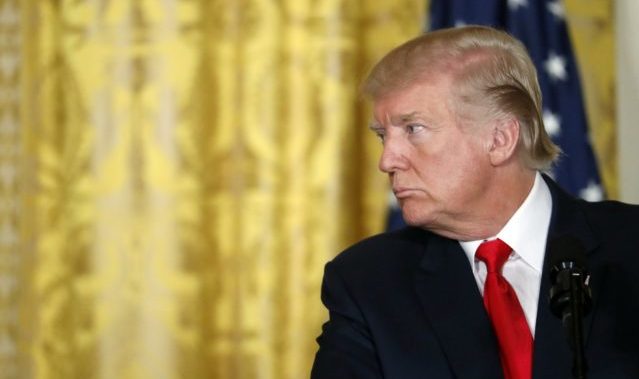


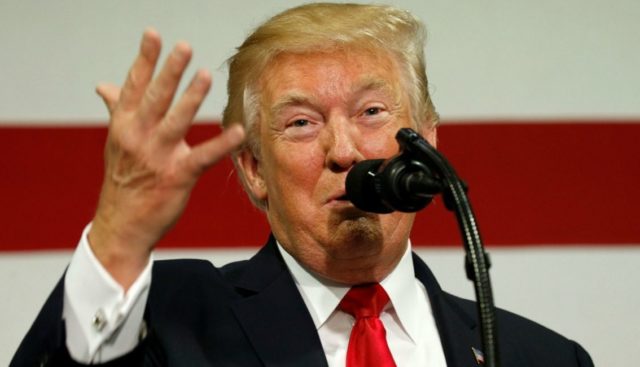
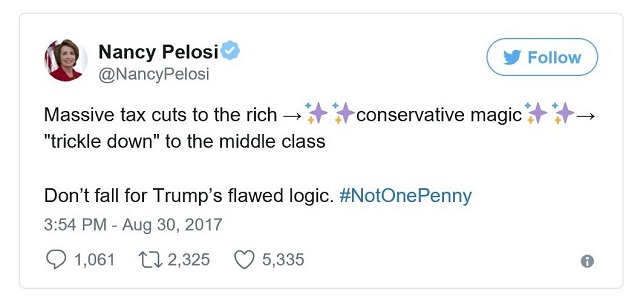
 Fred Lucas is the White House correspondent for The Daily Signal.
Fred Lucas is the White House correspondent for The Daily Signal. 




